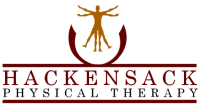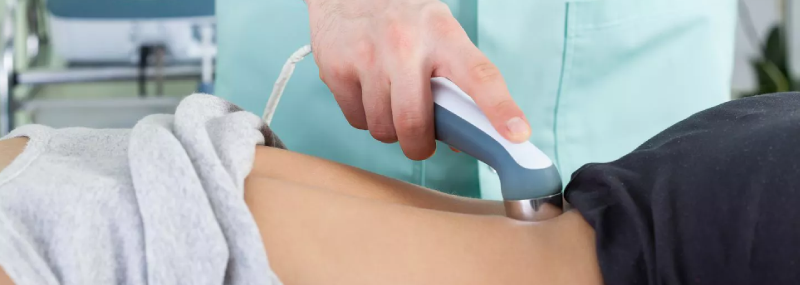Laser therapy uses light to penetrate through the skin into tissues. It has been used by physiotherapists since the ‘80s for a wide range of conditions. Although it only penetrates a few millimetres, it can have a profound effect on tissue healing. It has been shown to aid in pain relief, reduce inflammation, increase blood flow, stimulate wound healing, stimulate tissue regeneration, and reduce scarring.
Research has shown that laser therapy can be a powerful anti-inflammatory that is equally effective to anti-inflammatory medications.
Physiotherapists effectively use laser therapy for the treatment of a multitude of acute and chronic soft tissue injuries. These include but are not limited to tendinopathy (eg. tennis elbow and achilles tendonitis), rheumatoid arthritis, osteoarthritis, trigger points, thoracic pain, neck pain, jaw soreness, and wound healing.
Cleared by the FDA in 2003, Class IV LASER therapy has become standard of care for many musculoskeletal injuries. Class IV LASERs can penetrate over 4 inches into the deep musculoskeletal tissue. The number of treatments required depends on the nature of the problem and the length of time the patient has been affected by it. Some conditions may be resolved with as few as one treatment. However, chronic and/or deep-seated conditions may take as many as 10 treatments. LASER therapy technology has been recently endorsed by professional organizations such as the American Physical Therapy Association (APTA), World Health Organization (WHO) and International Association for the Study of Pain (IASP). There are no known side effects from LASER therapy and the results are long lasting.

